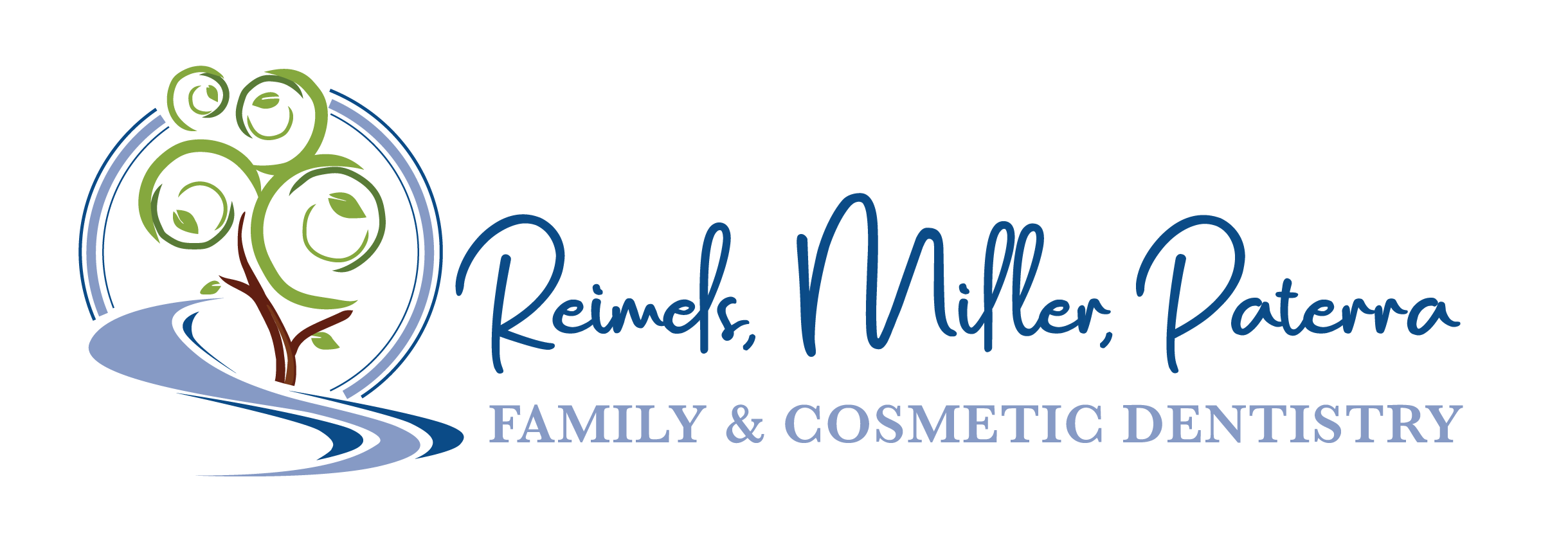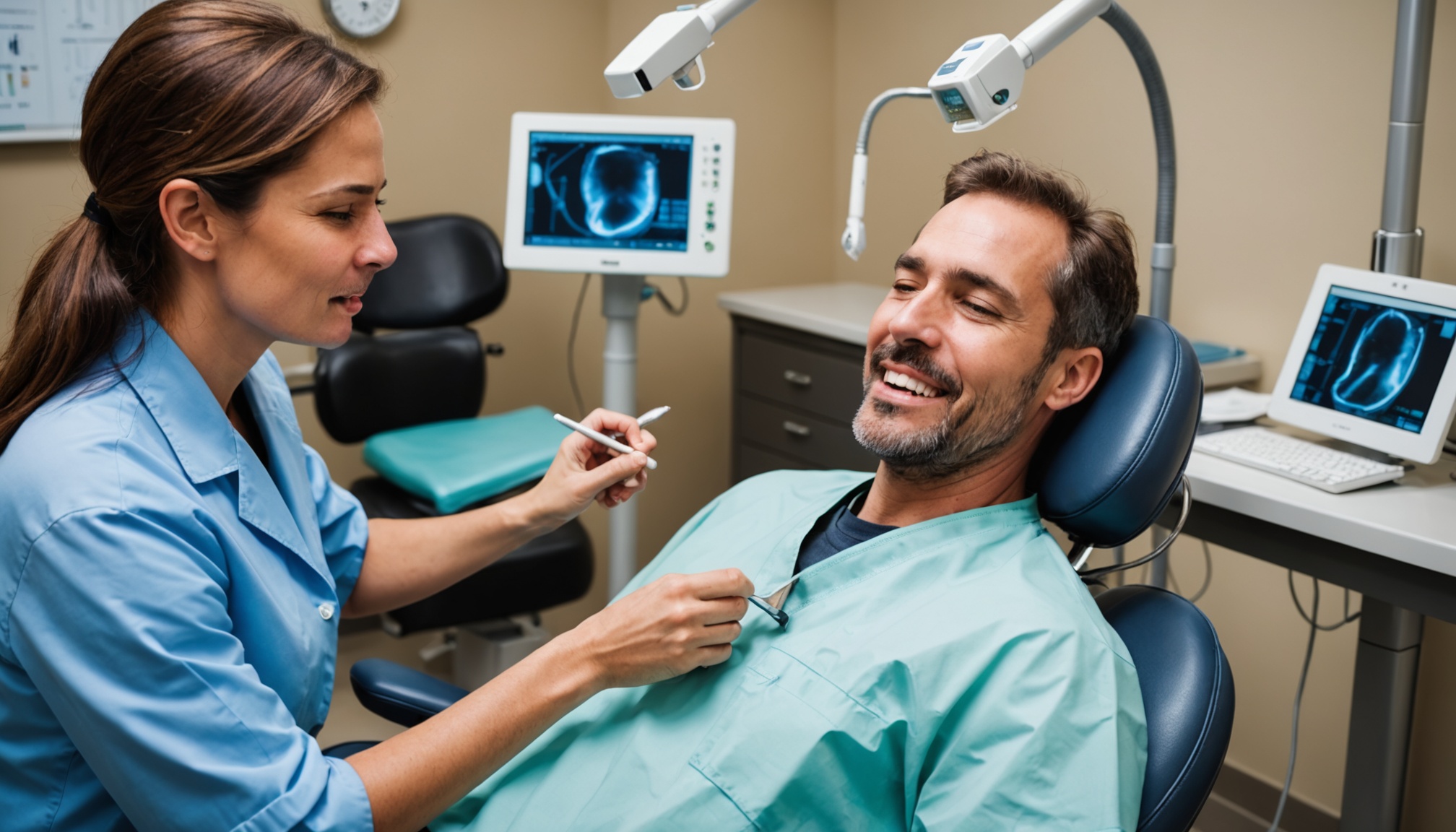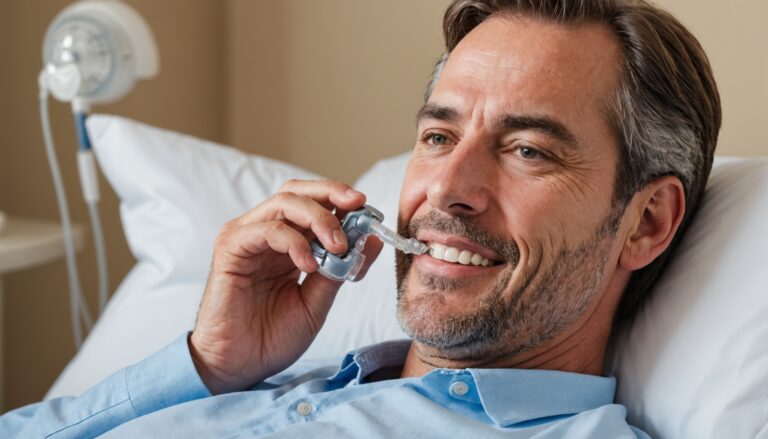Dental Solutions for Sleep Apnea
Addressing sleep apnea can be challenging, but dental solutions offer effective options, especially for those who may not tolerate CPAP machines. Understanding oral appliance therapy and the types available can help you make informed decisions regarding your treatment.
Oral Appliance Therapy Overview
Oral appliances for sleep apnea are designed to keep your airway open by pulling your jaw or tongue forward while you sleep. This mechanism treats obstructive sleep apnea (OSA) and reduces the frequency of awakenings due to interrupted breathing. By helping you breathe more effectively during the night, these devices prevent vital organs from being deprived of oxygen. The appliances are typically worn throughout the night and removed upon waking Cleveland Clinic.
Types of Oral Appliances
There are two primary types of oral appliances used to treat OSA:
| Type of Appliance | Description |
|---|---|
| Mandibular Advancement Devices (MADs) | Commonly used, these devices work by moving the lower jaw forward, improving airflow in the throat. |
| Tongue-Stabilizing Devices (TSDs) | These appliances pull the tongue forward with a suction bulb, keeping the airway open during sleep. |
Both types have unique benefits and can be chosen based on individual needs. For additional information on the indicators for these devices, refer to our articles on treatment options for mild sleep apnea and treatment options for moderate sleep apnea.
Understanding the dental sleep apnea evaluation process is crucial in determining the right appliance for you. Many individuals find that these solutions are a comfortable alternative to CPAP machines, offering effective management for their sleep apnea symptoms. For a deeper dive into how dentists assist with this condition, explore our page on how dentists help with sleep apnea.
Custom-Made Oral Appliances
Effectiveness of Custom Appliances
Custom-made oral appliances are among the most effective treatments for obstructive sleep apnea (OSA). They provide significantly better results compared to non-prescription options, such as “boil and bite” models. According to the Cleveland Clinic, these devices are tailored to fit your mouth and dental structure, allowing for a precise adjustment that enhances comfort and effectiveness.
Two primary types of custom oral appliances include:
- Mandibular Advancement Devices (MADs): These devices reposition the lower jaw forward to maintain an open airway during sleep.
- Tongue Retaining Devices (TRDs): These hold the tongue in a forward position, preventing it from collapsing into the throat and obstructing airflow [1].
The personalized fit of these appliances is crucial, as it aids in reducing the severity of sleep apnea symptoms and improving overall sleep quality.
Benefits Over Non-Prescription Options
Custom-made oral appliances offer a variety of advantages over non-prescription alternatives. Here are some of the key benefits:
| Benefits | Custom-Made Oral Appliances | Non-Prescription Options |
|---|---|---|
| Effectiveness | High | Variable |
| Comfort | Tailored fit | Generic fit |
| Ease of Use | User-friendly | May require adjustments |
| Portability | Easy to transport | Usually bulky |
| Treatment Invasiveness | Non-invasive | Varies |
Custom-designed oral appliances deliver more favorable outcomes by ensuring optimal fit and functionality. They provide comfort, ease of use, and portability, making them suitable for those seeking a non-invasive treatment for mild to moderate sleep apnea [1].
If you are exploring your options, understanding the benefits and effectiveness of custom-made solutions can aid in achieving better sleep quality. For additional insights, consider learning more about the difference between CPAP and oral appliance therapy or how to treat sleep apnea without CPAP.
Suitability for Mild to Moderate OSA
Navigating treatment options for sleep apnea can be overwhelming, especially if you are exploring alternatives to the CPAP machine. If you have mild to moderate obstructive sleep apnea (OSA), oral appliances may provide a suitable solution tailored to your needs.
Alternative to CPAP
For many individuals who struggle with the continuous positive airway pressure (CPAP) machine, oral appliances present a viable alternative. Oral appliances are particularly effective for those with mild to moderate OSA and can improve symptoms when CPAP is uncomfortable or difficult to tolerate [2].
Dental appliances, such as Mandibular Advancement Devices (MADs) and Tongue Retaining Devices (TRDs), work by repositioning the jaw or holding the tongue forward to maintain an open airway during sleep [1].
The benefits of using oral appliances include:
| Advantages | Benefits |
|---|---|
| Comfort | More comfortable than CPAP for many users |
| Portability | Easy to carry and use while traveling |
| Non-invasive | Less intimidating than surgical options |
| Snoring reduction | Many appliances help reduce snoring |
| Ease of use | Simpler and quicker to set up compared to CPAP |
To learn more about treatment options, see our resources on treatment options for mild sleep apnea and treatment options for moderate sleep apnea.
Ideal Candidates for Oral Appliances
Oral appliances are ideal for individuals who fit specific criteria for mild to moderate sleep apnea. If you:
- Experience symptoms such as daytime sleepiness or fatigue
- Have difficulty adjusting to CPAP therapy
- Want a more comfortable, portable option
- Prefer a non-invasive treatment
Then oral appliances may be suitable for you. These dental devices are designed to enhance comfort while effectively managing OSA symptoms. However, it is essential to pursue a thorough evaluation and diagnosis before commencing any treatment. Your dentist plays a vital role in the dental sleep apnea evaluation process.
To find out if you qualify for oral appliance therapy, you can refer to our article on who qualifies for oral appliance therapy sleep apnea.
Dentists’ Role in Sleep Apnea
Identifying OSA Risk Factors
You may not realize that your dentist plays a significant role in identifying Obstructive Sleep Apnea (OSA) during routine dental exams. Dentists are trained to recognize anatomical risk factors for OSA, such as an oversized tongue, narrow airway, or specific jaw alignment issues. By assessing these factors, they can help determine your risk for sleep apnea and guide you toward appropriate treatments.
During these examinations, dentists may notice symptoms that correlate with OSA, including unusual tooth wear, tooth decay—especially near the gumline—dry mouth, or an inflamed tongue. These signs can indicate underlying sleep disturbances that warrant a closer evaluation. According to the Journal of Clinical Sleep Medicine, dentists are crucial in assessing whether you might benefit from oral appliance therapy (OAT) and the necessary interventions in managing OSA.
| Risk Factors for OSA | Description |
|---|---|
| Oversized Tongue | Can block the airway during sleep. |
| Narrow Airway | Physically restricts airflow leading to apnea episodes. |
| Jaw Alignment Issues | Malocclusion may contribute to airway obstruction. |
| Tooth Wear | Worn teeth can indicate grinding associated with apnea. |
Collaborating with Sleep Medicine Physicians
Collaboration is key in effectively managing sleep apnea. Your dentist may work closely with sleep medicine physicians to provide a comprehensive approach to treating the disorder. They help evaluate the appropriateness of oral appliance therapy based on your specific needs while ensuring that both dental and medical perspectives are taken into account.
Dentists play an essential role in selecting the proper oral appliance, making necessary adjustments, and monitoring for any adverse effects. This teamwork with sleep specialists ensures that you receive a well-rounded treatment plan aimed at improving your overall sleep quality and health.
For more information on how dentists assist in sleep apnea management, you can read our article on how dentists help with sleep apnea. If you’re inquiring about whether a dentist can treat sleep apnea effectively, further details can be found in can a dentist treat sleep apnea.
Understanding the roles dentists play in the dental sleep apnea evaluation process can pave the way for timely interventions and better sleep solutions tailored to your unique needs.
Signs of Sleep Apnea by Dentists
Dentists play a pivotal role in the early detection and management of sleep apnea. By observing specific oral symptoms, they can identify potential problems related to obstructive sleep apnea (OSA) during routine checkups.
Oral Symptoms Detection
During a dental examination, your dentist can spot various signs that may indicate the presence of sleep apnea. Common oral symptoms include:
- Unusual Tooth Wear: Chronic teeth grinding, known as bruxism, can lead to noticeable wear on teeth surfaces. This grinding often results from the body attempting to breathe during blocked airway episodes.
- Tooth Decay: Patients with OSA may experience increased tooth decay, particularly around the gumline due to dry mouth. Mouth breathing during sleep often contributes to this condition.
- Dry Mouth: If you frequently wake up with a dry mouth, it could indicate that you are breathing through your mouth at night because of airway obstruction. This condition may be exacerbated by underlying dental issues, like improper tongue posture [3].
- Inflamed or Enlarged Tongue: Dentists may notice a swollen or enlarged tongue, which could contribute to airway blockage during sleep. This observation can help them assess your risk for sleep apnea.
| Oral Symptom | Description |
|---|---|
| Unusual Tooth Wear | High wear levels due to teeth grinding |
| Tooth Decay | Increased decay, especially along gumline |
| Dry Mouth | Often indicates mouth breathing during sleep |
| Inflamed Tongue | Swelling possibly contributing to airway issues |
Observing Oral Inflammation
Dentists can also detect signs of throat inflammation that may indicate sleep apnea. This can include:
- Redness: Inflammation in the throat may present as redness, which can be observed during an oral examination. Swelling in the throat can indicate repeated episodes of airway blockage.
- Ulcerations: In more severe cases, dentists may find ulcerations or sore patches, which can result from the constant discomfort caused by obstructive breathing patterns during sleep.
Identifying these signs can lead to early intervention and a referral to a sleep specialist for further assessment. If you think you might be experiencing symptoms related to sleep apnea, consider discussing your concerns with your dentist. They can provide valuable insights and direct you to appropriate treatment options or evaluations. For more information on how dentists approach sleep apnea diagnoses, see our article on how dentists help with sleep apnea.
Comprehensive Evaluation and Treatment
Specialist Assessments
The dental sleep apnea evaluation process starts with specialized assessments that allow your dentist to determine the best treatment for your sleep apnea. Dentists utilize validated questionnaires like the Epworth Sleepiness Scale (ESS) and perform anatomical assessments during routine examinations. These assessments help identify patients who exhibit features of obstructive sleep apnea syndrome (OSAS), including conditions such as retrognathia, high-arched palate, and enlarged tonsils [4].
Alongside these checks, dentists also consider anthropometric measures such as body mass index (BMI) and neck circumference, which serve as valuable indicators of risk for sleep apnea. If sleep apnea is suspected, your dentist may refer you to a sleep specialist for a definitive diagnosis and further evaluation.
Emerging technologies, such as three-dimensional (3D) imaging and digital scanning, have improved the diagnostic accuracy in dental practices, making it easier to monitor patient conditions over time [4]. This collaborative approach ensures a more comprehensive management plan tailored to your needs.
Customized Appliance Solutions
After diagnosis, customized appliance solutions can be crafted to suit your unique dental and sleep requirements. The success of oral appliance therapy (OAT) depends largely on how well the appliance fits. The design of these appliances addresses specific anatomical variations and lifestyle considerations, optimizing effectiveness for managing OSAS.
Dentists play a crucial role in confirming the appropriateness of OAT based on specialist evaluations. Once the appliance is created, your dentist ensures an optimal fit and makes necessary adjustments for comfort and efficacy. Ongoing follow-up care is essential to monitor your treatment success and manage the appliance, ensuring that it continues to provide the desired results [1].
If you’re interested in learning more about how dentists can aid in sleep apnea treatment, explore our articles on how dentists help with sleep apnea and can a dentist treat sleep apnea. Additionally, for those wondering about the comparison between CPAP and oral appliances, check out difference between cpap and oral appliance therapy.








